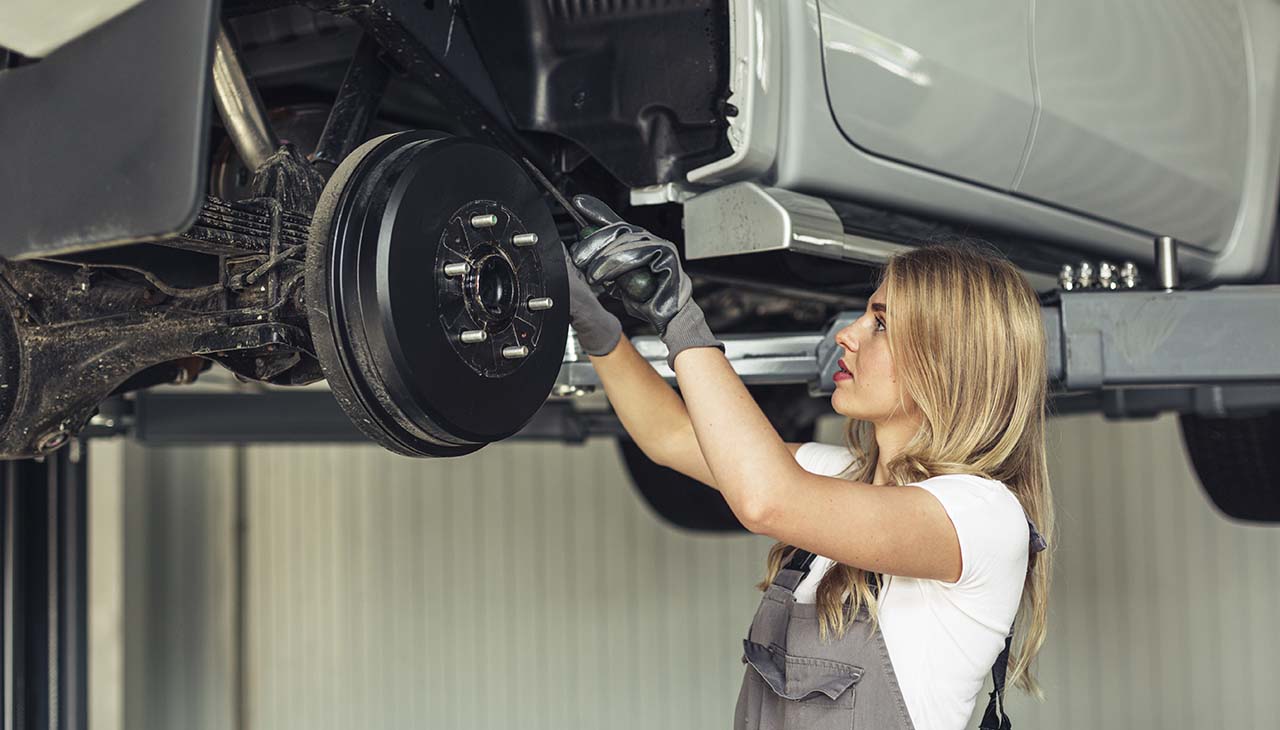If you’ve owned a car for any significant amount of time, you’re likely to have experienced those dreaded moments when something just doesn’t feel right. The car might be making an unfamiliar noise, or a dashboard light may have suddenly lit up. For many of us, these occurrences can lead to a sense of anxiety and financial dread. However, understanding the common car issues and knowing how to use auto parts can empower you to tackle these problems head-on.
This thorough guide is designed to help you, whether you’re a seasoned DIY mechanic or a car enthusiast, to not only identify problems but also troubleshoot and resolve them using the vast array of auto parts available. By familiarizing yourself with common car issues, the parts involved, and how to use that information to your advantage, you’ll save money, time, and have a sense of satisfaction at a job well done.
Section 1: Common Car Issues and Symptoms
Engine Overheating
Engine overheating is a car problem no driver wants to encounter. It can lead to serious damage to your vehicle’s power source, from a simple water pump failure to a cracked engine block. If you notice the temperature gauge rising more than usual, or steam coming from under the hood, immediate action is imperative.
Battery Problems
A car battery’s lifespan is generally four to five years. Signs of a failing battery include a slow or no-start condition, dim headlights while the engine is idling, and the need for frequent jump starts.
Brake Issues
Brake problems can vary from screeching and squealing noises, indicating worn-out brake pads, to a spongy pedal, which may suggest issues with your brake fluid or hydraulic system. An illuminated brake warning light on the dashboard shouldn’t be ignored.
Oil Leaks
An oil leak is a messy issue to have but not typically difficult to fix. You’ll often identify the problem by seeing oil puddles under your car or noticing a strong smell of burning oil while driving.
Transmission Malfunctions
Transmission problems can manifest as difficulty shifting gears, including hard shifts, slipping gears, or the car not moving despite the engine revving. Addressing these issues promptly can prevent more severe damage to your transmission system.
Section 2: Understanding the Auto Parts
To effectively troubleshoot and fix common car issues, you should be familiar with some essential auto parts and systems.
Engine Cooling System
This part is integral to preventing your engine from overheating. It comprises the radiator, water pump, thermostat, radiator hoses, and the coolant itself.
Car Battery
A lead-acid battery is the most common type found in vehicles today. The main parts are the lead dioxide (cathode), electrolyte, and sponge lead (anode) with a sulfuric acid solution. The battery also houses cells, terminals, and typically is a 12-volt system.
Brake System
Your vehicle’s brake system includes the brake pedal, the master cylinder, brake lines, the calipers, pads (or shoes), rotors, and the brake fluid. It’s a hydraulic system that should transmit force to slow or stop your vehicle.
Oil System
The oil system is a critical part of your car, responsible for lubricating the engine’s moving parts to reduce friction and wear. It includes the oil pump, oil pan, oil filter, and requires the right type of oil to maintain proper operation.
Transmission System
The transmission system allows your engine to operate at a range of speeds. It includes several hundred parts, among which are the planetary gear sets, the torque converter, bands, and clutches.
Section 3: Troubleshooting Each Issue
Engine Overheating
First, check the coolant level and condition. If you find low levels or the coolant is brown, it’s time for a flush and a refill with fresh coolant. Next, inspect the water pump and radiator for leaks. Ensure the thermostat is opening and closing correctly. This process helps identify which part may be causing the overheating.
Battery Problems
A simple test for your battery is checking the voltage with the engine off and then again with the engine running. If the voltage doesn’t increase when the engine is on, your alternator may be at fault. If your battery is old, it’s best to replace it as they are relatively inexpensive.
Brake Issues
Begin by checking the brake fluid level. Low fluid can be a sign of worn brake pads or a leak in the system. Next, inspect the brake pads for thickness, look for leaks at the calipers or wheel cylinders, and check the condition of the brake rotors and drums.
Oil Leaks
To find the source of an oil leak, clean the engine and check for new oil drips or wet spots. Some common culprits are the oil pan gasket, valve cover gaskets, and the oil drain plug. Tightening or replacing the right part can fix most oil leaks without a mechanic’s intervention.
Transmission Malfunctions
Begin by checking the transmission fluid level and condition, as poor fluid can lead to most transmission issues. If the fluid is at the correct level, you may need to consider the shift cables, the torque converter, or issues with clutch assembly if you have a manual transmission.
Section 4: Tips for Auto Parts Shoppers
OEM vs. Aftermarket Parts
OEM parts are ‘Original Equipment Manufacturer’ parts, made by the car’s manufacturer or a supplier that the car maker uses. Aftermarket parts are not made by the car’s manufacturer, but by third-party companies. Both have their merits – OEM parts usually ensure a correct fit and standard of quality, while aftermarket parts may offer better value and sometimes better performance.
The Importance of Warranties
When buying auto parts, be sure to check the warranty. This can protect you from defective parts and give you peace of mind while working on your vehicle. Warranties vary, but in general, the longer and more comprehensive, the better.
Sourcing High-Quality Auto Parts
The quality of auto parts can vary significantly. Online marketplaces, dealership service centers, and local auto parts stores are common places to shop. Always research the seller or manufacturer, read reviews, and ensure the part meets your vehicle’s specifications.

